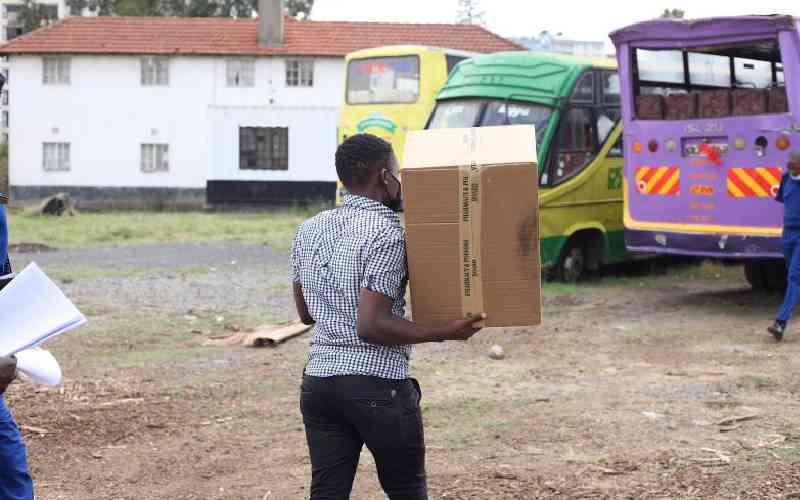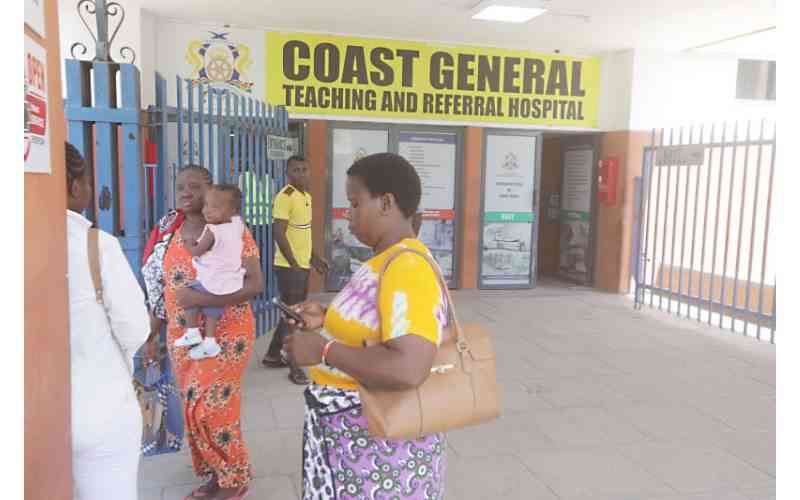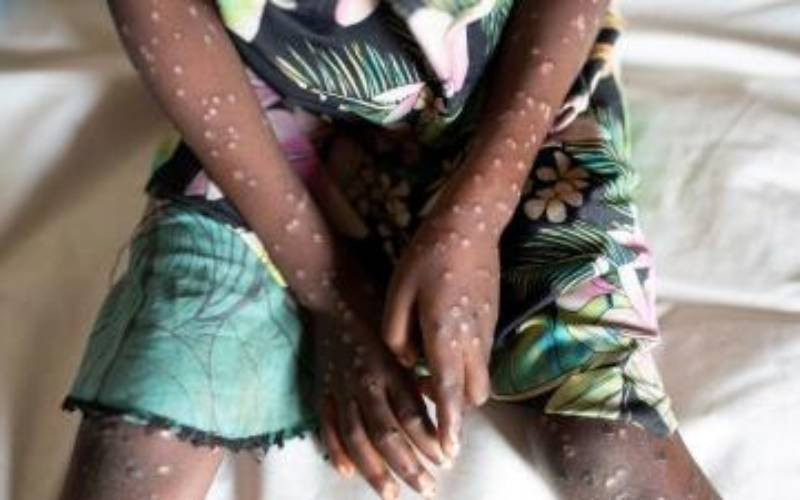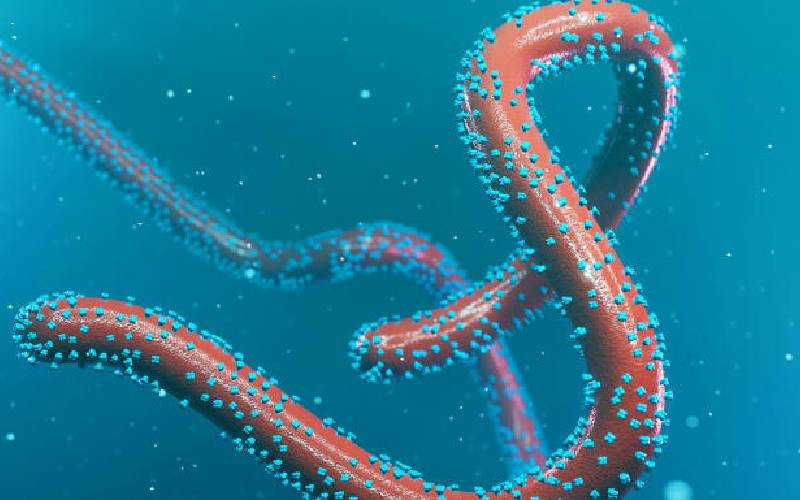
In what could be a worrying trend to public health and policy experts, it is now emerging that Kenya is currently reporting cases of advanced HIV disease despite the availability of prevention and treatment options.
National Aids and STI Control Program (NASCOP) Chief Executive Officer Rose Wafula, said advanced HIV disease is a severe stage of infection.
Dr Wafula explained that patients presenting with advanced HIV, have damaged immune systems, which results to death.
A report by NASCOP reveals that advanced HIV is exposing patients to opportunistic infections like Tuberculosis (TB), diarrhea, and meningitis.
“With an expanded Antiretroviral Therapy (ART) programme, we should not be seeing advanced HIV disease, which we basically used to call Aids,” she said.
It is estimated that more than 50 per cent of HIV/Aids-related deaths are associated with advanced HIV disease.
Though HIV/Aids linked deaths have dropped in recent years, at least 18,473 deaths were reported in the country in 2022.
- Ministry to roll out new HIV testing strategy next month
- Alarm as more men die of advanced HIV disease in Kenya
- 'Remarkable global progress': HIV cases and deaths declining
Keep Reading
In 2005, 110, 000 people died due to the disease, numbers that dropped to 53,000 in 2010, with 2015, 2019 and 2020 reporting 35,821, 20,997, 19,486, 22,373 respectively.
The deaths are reported at a time the country plans to end Aids in children by 2027, and HIV infections in the general population by 2030.
Dr Wafula attributes advanced HIV disease to treatment disruptions.
Some HIV patients drop on treatment, only for them to report back to the hospital when they are critically sick.
According to Wafula, defaulting on treatment lowers one's body immune system which results in opportunistic infections.
“HIV patients need a lot of support while on treatment. Being put on a lifetime treatment is not easy for example, people default on a five-day treatment, think of a lifetime one?” Posed the NASCOP boss.
She said six months of injectables, will reduce the burden of being subjected to daily tablets.
Wafula noted that late diagnosis is also contributing to advanced HIV disease, more so among men.
Unlike women, men seek medical services when the disease has progressed, making it hard to lower the viral load.
“Men only come for medication when they are very sick, at a time when they already have opportunistic infections,” said Wafula.
But a number of patients are reporting advanced HIV disease because of being resistant to medication.
“We are reporting cases of HIV medicine not working well for some patients for whatever reason. These patients have not disrupted treatment, but the medication is not working for them, resulting in poor outcomes,” she reveals.
Nascop, together with other global bodies, are working towards identifying cases of resistance and ensuring quality of treatment, and detecting if the mode of treatment is effective in preventing deaths caused as a result of advanced HIV disease.
To reduce morbidity and mortality in people presenting with advanced HIV disease, WHO recommends offering a package of interventions including screening, treatment and prophylaxis for major opportunistic infections, rapid ART initiation and intensified adherence support interventions. ‘
Nascop data shows that in Kenya, 1,377,784 people are living with HIV, with 22,154 new HIV infections reported in 2023, of which, 4,474 are children.
At least 41 per cent of new infections occur among adolescents and young people aged 15 and 24 years.
As per the data, 13 per cent of all new infections are attributed to key populations.
As a mitigation to reduce infections among the population, Nascop - together with partners - is increasing the utilisation of HIV prevention services including the supply of free condoms.
The country has also put more emphasis in reducing mother-child transmission which stands at 8.6 per cent.
Only Siaya County has managed to attain the World Health Organisation (WHO) set target of having less than 5 per cent cases of mother-to-child infections.
Siaya’s mother-child infections stand at 4. 3 per cent according to data.
Reduced infections are attributed to suppressing of viral loads before and during pregnancy, and hospital delivery.
In Siaya, pregnant women are assigned mentor mothers who walk with them during the pregnancy journey.
The mothers ensure expectant women adhere to treatment and avoid opportunistic infections that risk transmitting the virus to their unborn babies.
“I am proud that Siaya, a county that was hard hit by HIV in the 1980s and 1990 is now leading in preventing mother-child transmission. This is a great achievement, and I am optimistic that as a country, we shall end mother-to-child transmission of HIV,” said Wafula.
The Nascop boss advised pregnant women to test for HIV during Antenatal Clinics (ANC) for best care.
During ANC, pregnant women are encouraged to undergo eight HIV tests.
“As a country, we are keen to end HIV/Aids by 2030,” said Wafula.
In 2023, 10 counties contributed to 53 per cent of all new HIV infections namely Nairobi, Kisumu, Homa Bay, Nakuru, Siaya, Migori, Uasin Gishu, Kakamega, Kajiado, Narok and Mombasa.
Kenya’s HIV prevalence has however dropped despite new infections being reported.
In 2005, the prevalence of HIV stood at 6.8 per cent, a prevalence that has gradually reduced to 6.4 per cent in 2010, 5.9 per cent in 2015, 4.5 percent in 2019, 4.3 per cent in 2020, 4 per cent in 2021 and 3.7 per cent in 2022.
 The Standard Group Plc is a multi-media organization with investments in media platforms spanning newspaper print
operations, television, radio broadcasting, digital and online services. The Standard Group is recognized as a
leading multi-media house in Kenya with a key influence in matters of national and international interest.
The Standard Group Plc is a multi-media organization with investments in media platforms spanning newspaper print
operations, television, radio broadcasting, digital and online services. The Standard Group is recognized as a
leading multi-media house in Kenya with a key influence in matters of national and international interest.











